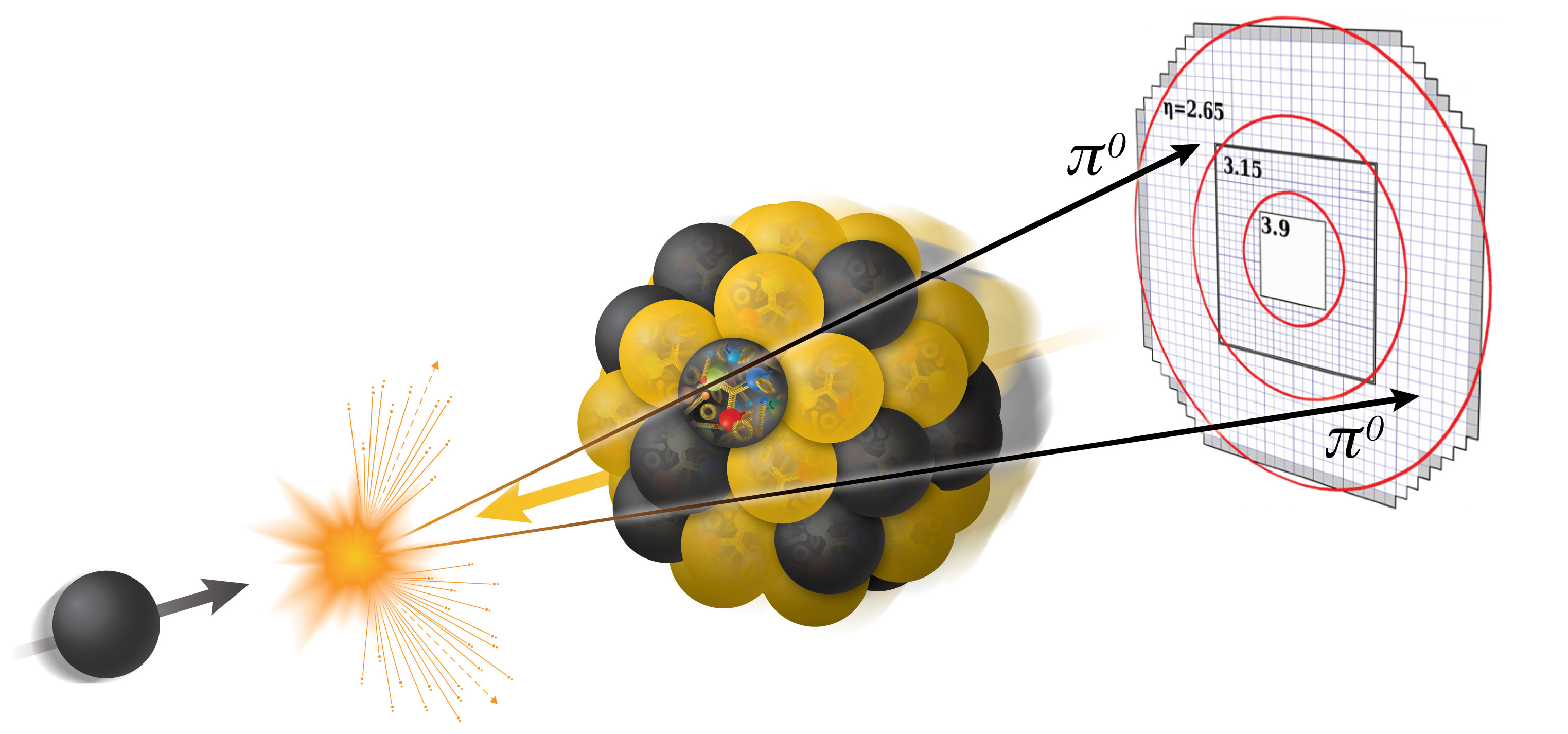
Signs of Gluon Saturation Emerge from Particle Collisions
Suppression of a telltale sign of quark-gluon interactions indicates gluon recombination in dense walls of gluons.

Suppression of a telltale sign of quark-gluon interactions indicates gluon recombination in dense walls of gluons.
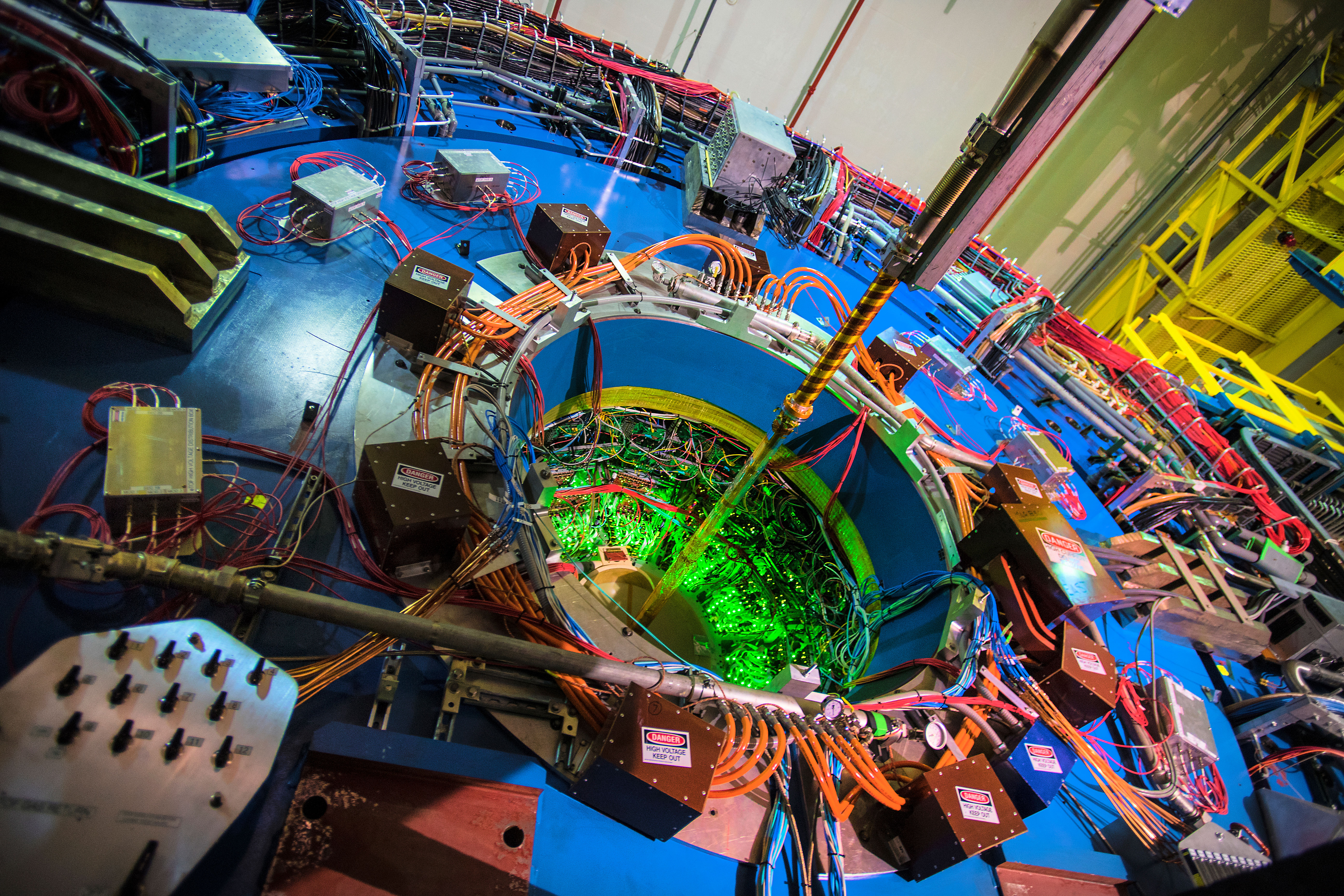
Quantum interference between dissimilar particles offers new approach for mapping gluons in nuclei, and potentially harnessing entanglement.
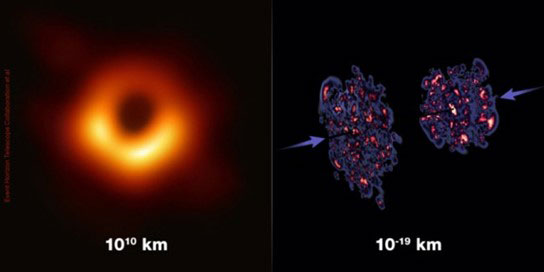
Physicists show that black holes and dense state of gluons—the “glue” particles that hold nuclear matter together—share common features.
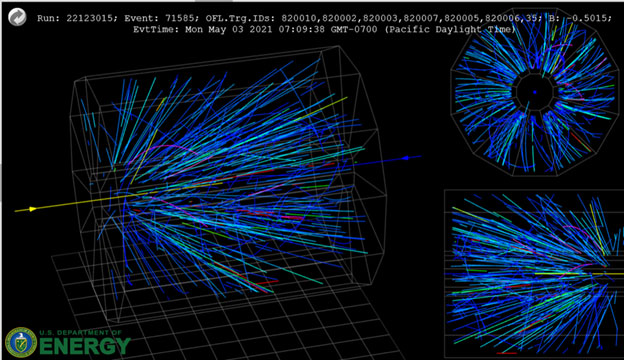
Colliding gold nuclei at various energies enables scientists to investigate phases of nuclear matter and their possible co-existence at a critical point.
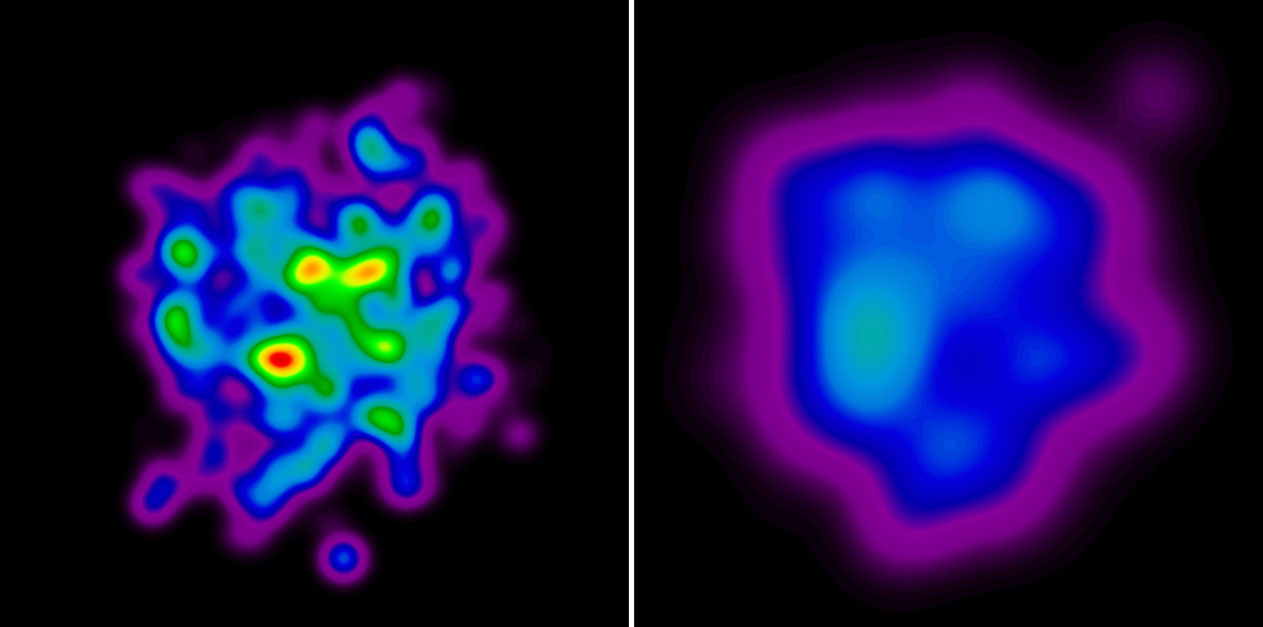
Theoretical study exploits precision of new heavy ion collision data to predict how gluons are distributed inside protons and neutrons
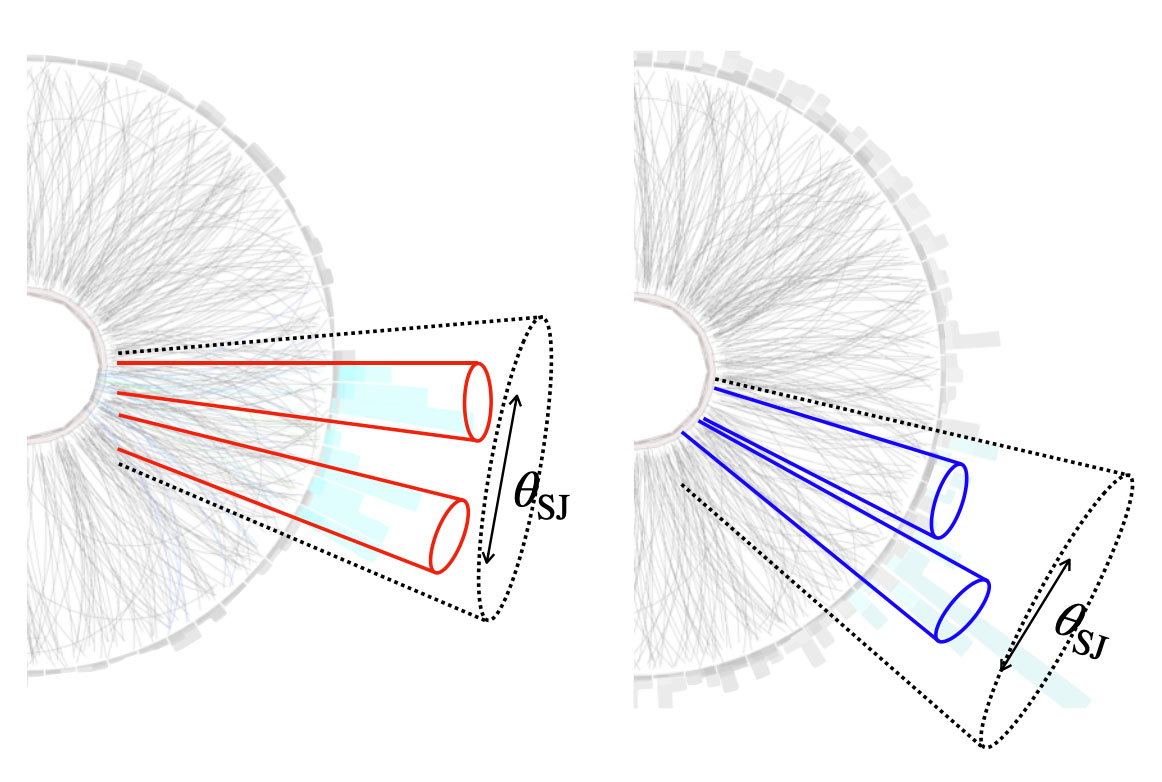
The results may offer insight into the quark-gluon plasma—the hot mix of fundamental nuclear-matter building blocks that filled the early universe.
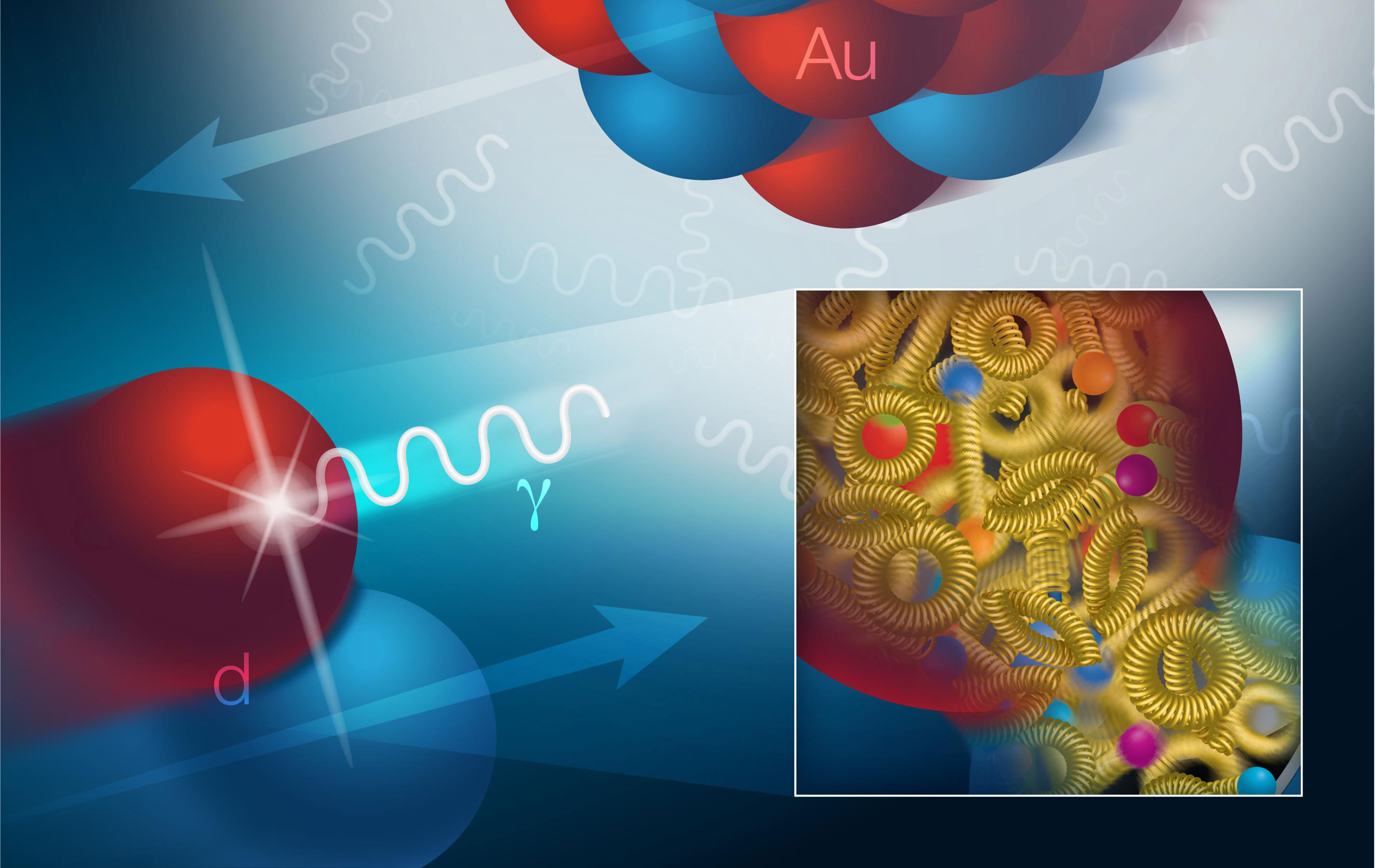
Photon-deuteron collisions offer insight into the gluons that bind the building blocks of matter—and what it takes to break protons and neutrons apart.
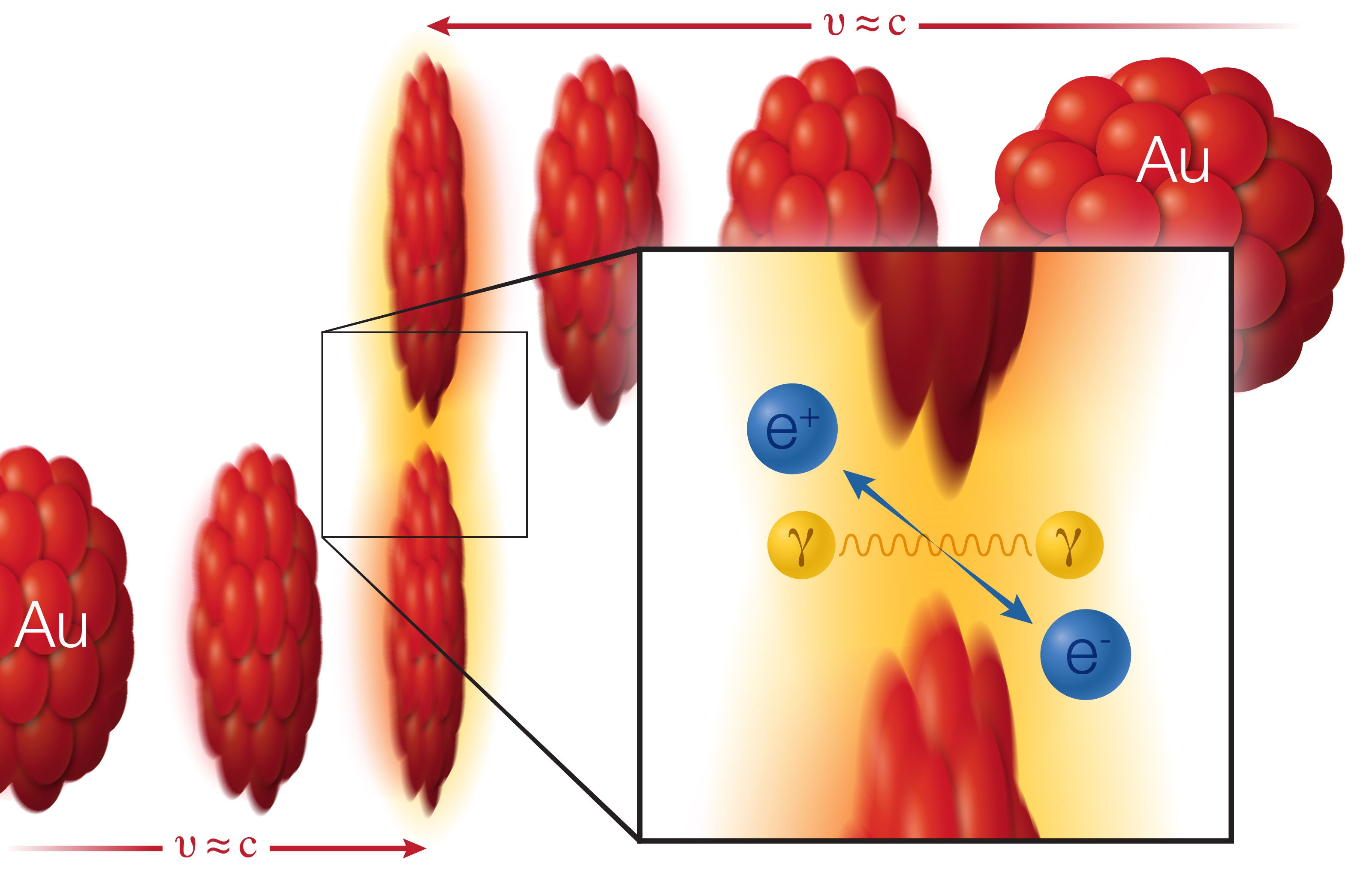
Scientists find strong evidence for the long-predicted Breit-Wheeler effect—generating matter and antimatter from collisions of real photons.
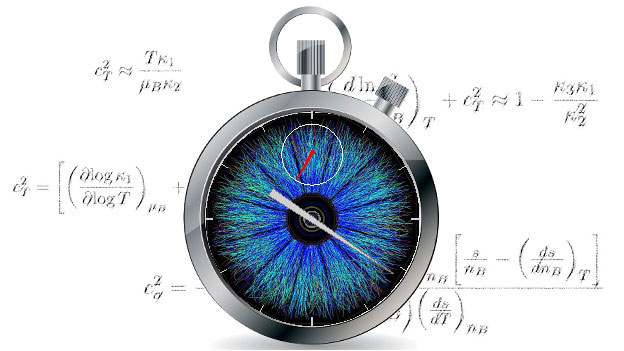
Nuclear scientists devise an indirect method of measuring the speed of sound in matter created in heavy-ion collisions.
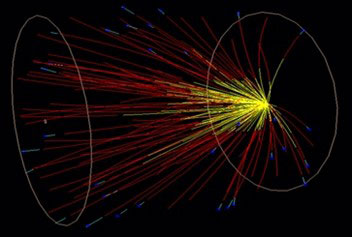
Measurements of particle “flow” and hot matter created in low-energy collisions provide key data in understanding nuclear phase transition.
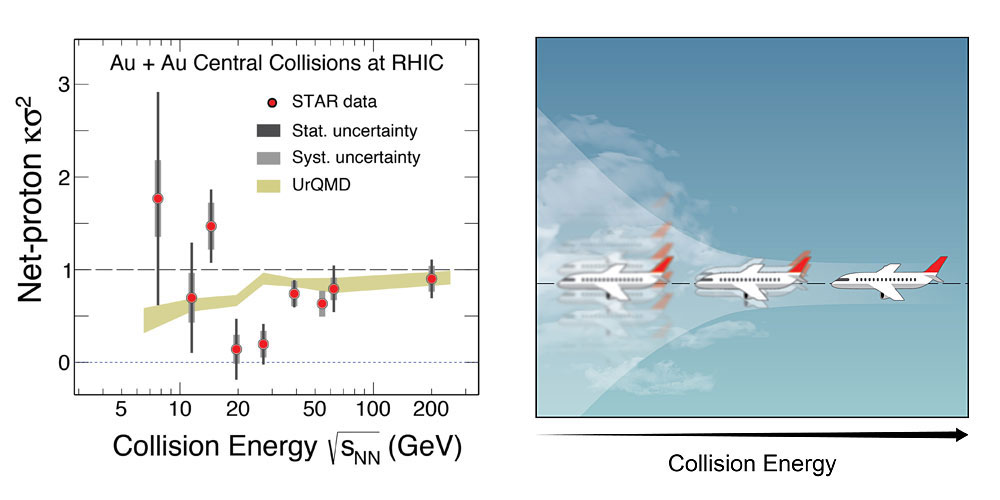
Fluctuations in data from collisions of gold nuclei hint at a possible ‘critical point’ in how nuclei melt.
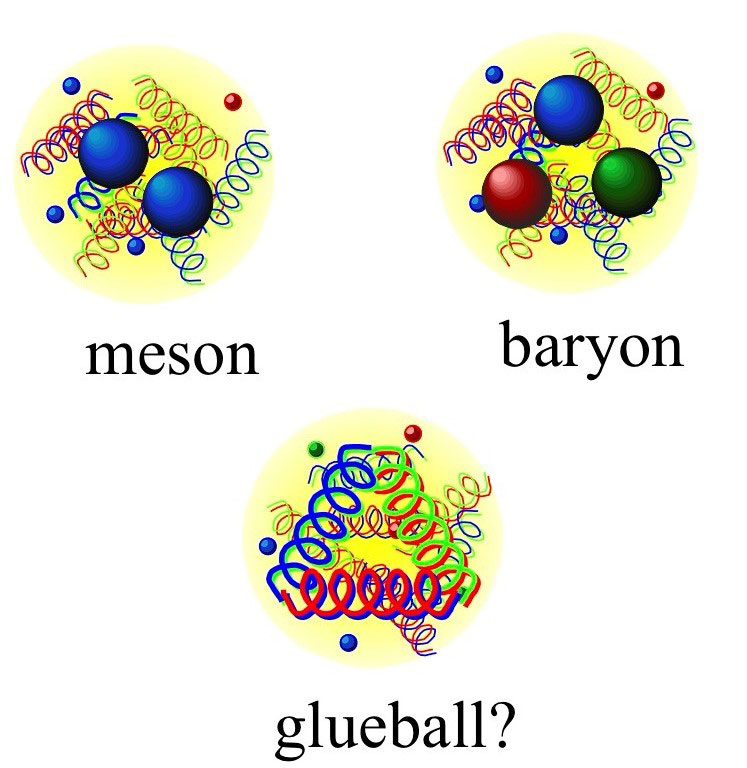
Scientists predict that gluons, the particles that bind quarks, also bind to one another, but they have never unambiguously observed globs of pure ‘glue.’